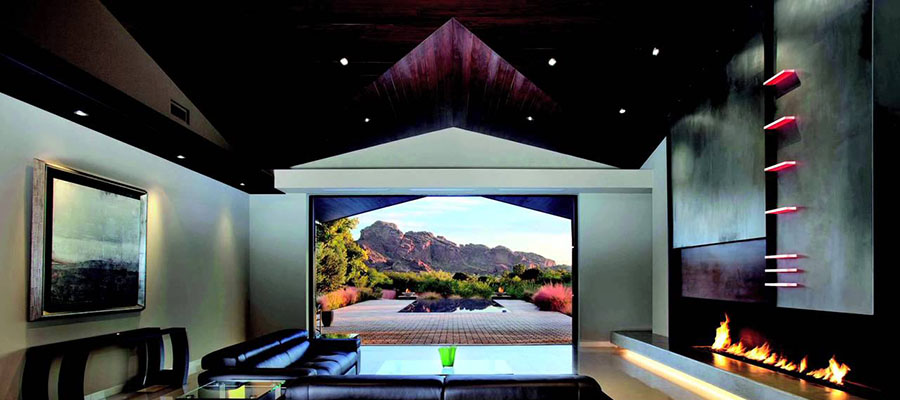For anyone that has worked in an office or classroom with flickering florescent lights, results of the lighting can cause side effects that lower productivity and can make individuals' physically ill. A new environmental health study just released by Energy Focus, Inc. supports the need to exchange older lighting systems out for LED lighting that is flicker-free, green and just plain healthier to be around. Although the study looked at a number of factors affecting employee health and productivity, researchers discovered that 69% of workers complained most about health issues associated with elements of florescent lighting such as glare, brightness and excessive flickering.
The physical side effects of florescent bulbs are very real. When not working properly they can cause headaches, eye strain, blurred or temporary loss of vision, an inability to focus, aches and pains and even nausea. Unfortunately, people with sensory disorders such as epilepsy or autism can be negatively affected to an exacerbated degree from the flickering even to the point of developing migraines or succumbing to seizures. Researchers determined that what has been scientifically termed as substropic flicker is the primary cause of physical ailments since the rate of speed of flickering lights is beyond what the eye can process. Although flickering is invisible to the naked eye, it will still put stress on the brain.
The results of the survey also revealed:
* 75% of employees would leave their employment if they new their workplace environment was unhealthy.
* 71% of employees experience physical ailments while at work.
* 47% of employees would prefer a poor Internet connection to flickering lights.
* 94% of employees felt that flickering lights should be banned in all workplaces.
* 98% of commercial buildings have florescent lighting rather than non-flickering LED lighting.
Jerry Yudelson, green building expert and former president of the Green Building Initiative, recently stated "Consumers are raising their standards for wellness and they expect these to not only be reflected at home but also in the place where they spend the majority of their day - the workplace." He recommend that employees use a unified voice to express their concerns about the use of florescent lights and request their employer change their workplace environment to include LED lighting.
Florescent lighting that appears to be steady flickers at 120 times per second in a, basically, on/off rhythm. However, the human eye can capture only 50 flashes per second. Unfortunately, the brain can detect a faster rate of flicker which is why many workers fail to realize that the lights are making them ill. The result of the rhythmic pulse of the lighting is similar to that found with the use of strobe lights. It may appear as if an object is moving in slow motion or not at all. That factor can be fatal in a workplace environment where equipment is used.
CEO and President of Energy Focus, Inc., James Tu, recently stated that "...flicker in lighting has an adverse impact on how we feel and our overall health on a day-to-day basis...". Although few people realize it, over 90% of an individual's day is spent under artificial lighting. That is why Energy Focus is committed to "..making flicker-free the new gold standard of lighting quality for the lighting industry."

Lighting Study Reveals Why LED Lighting is Healthier
Published on February 11, 2017
Categories: LED Lighting
Lighting Industry



